The immune system is the body's natural defense against harmful pathogens, working continuously to protect against infections and maintain overall health. It is a complex network of cells, tissues, and organs that detect and neutralize threats while also supporting recovery and healing. A strong immune system relies on a balanced diet rich in vitamins, minerals, and antioxidants, as well as adequate sleep, regular physical activity, and stress management. Factors such as gut health, hydration, and lifestyle choices play a crucial role in immune function. By nurturing the immune system, the body becomes more resilient, better equipped to fight off illnesses, and capable of maintaining long-term vitality.
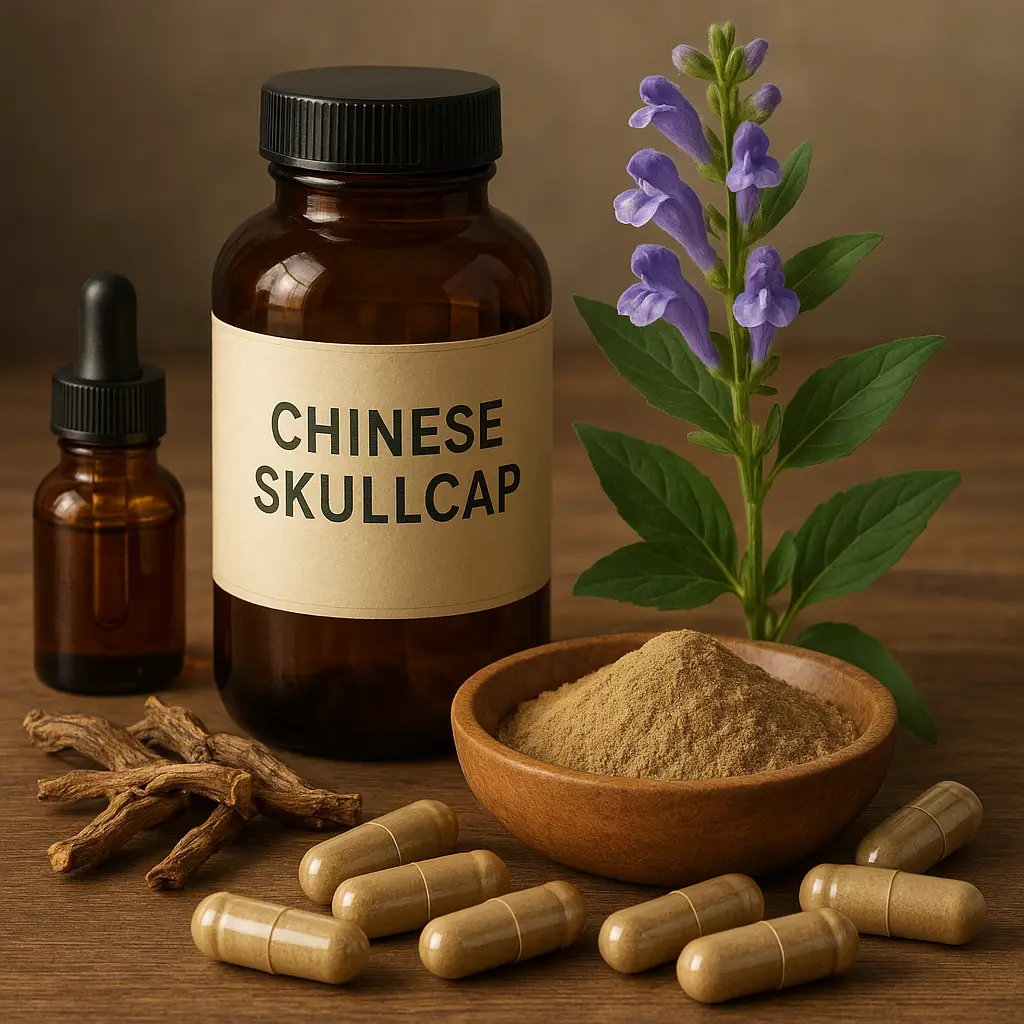
What is Chinese Skullcap? Chinese Skullcap, scientifically known as Scutellaria baicalensis, is a herb native to China and parts of East Asia. It belongs to t…
Read more
Açai Extract: An Overview Açai extract is derived from the açai berry, a small fruit that comes from the açai palm tree (Euterpe oleracea), native to the Amaz…
Read more
Theobromine: A Comprehensive Overview Theobromine is a naturally occurring compound found primarily in cocoa and chocolate products. It belongs to a class o…
Read more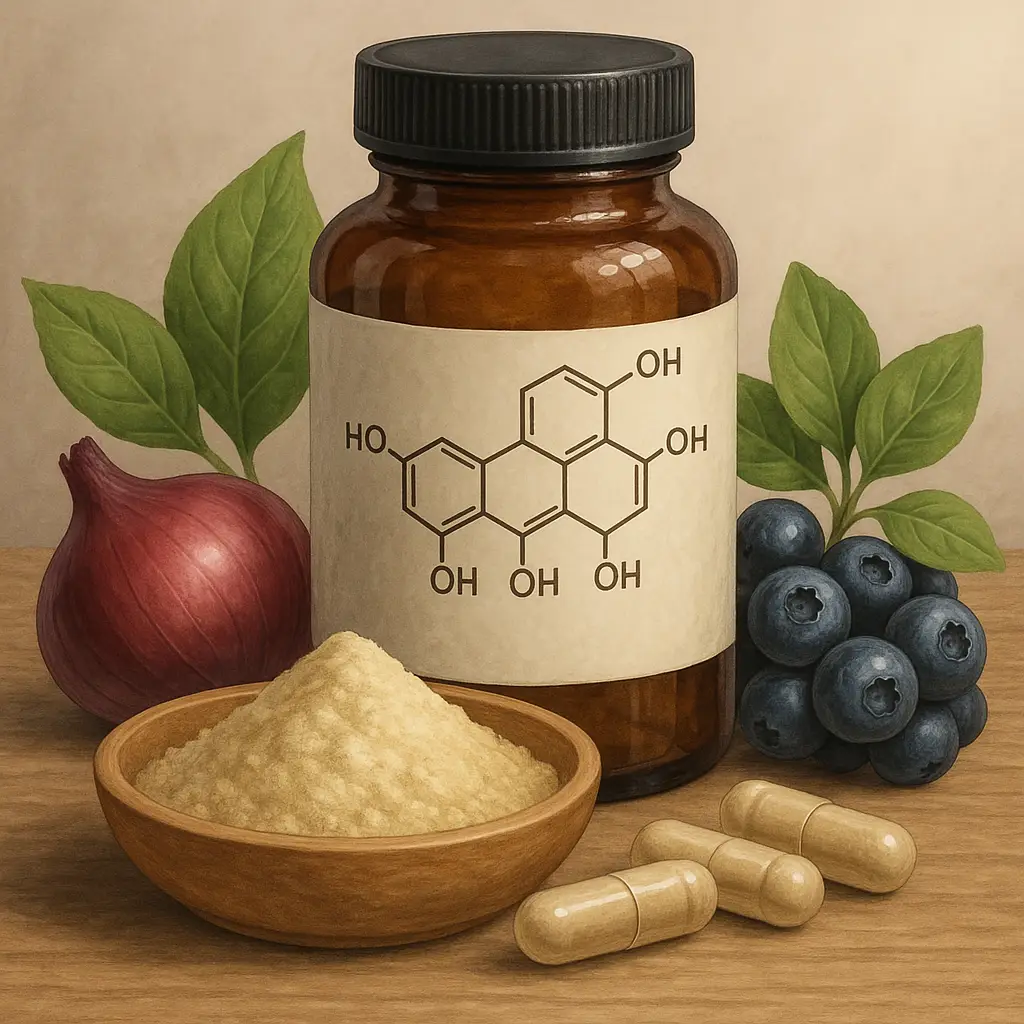
Understanding Quercetin: A Comprehensive Guide Quercetin is a flavonoid, a type of polyphenol that is found abundantly in various fruits, vegetables, and gr…
Read more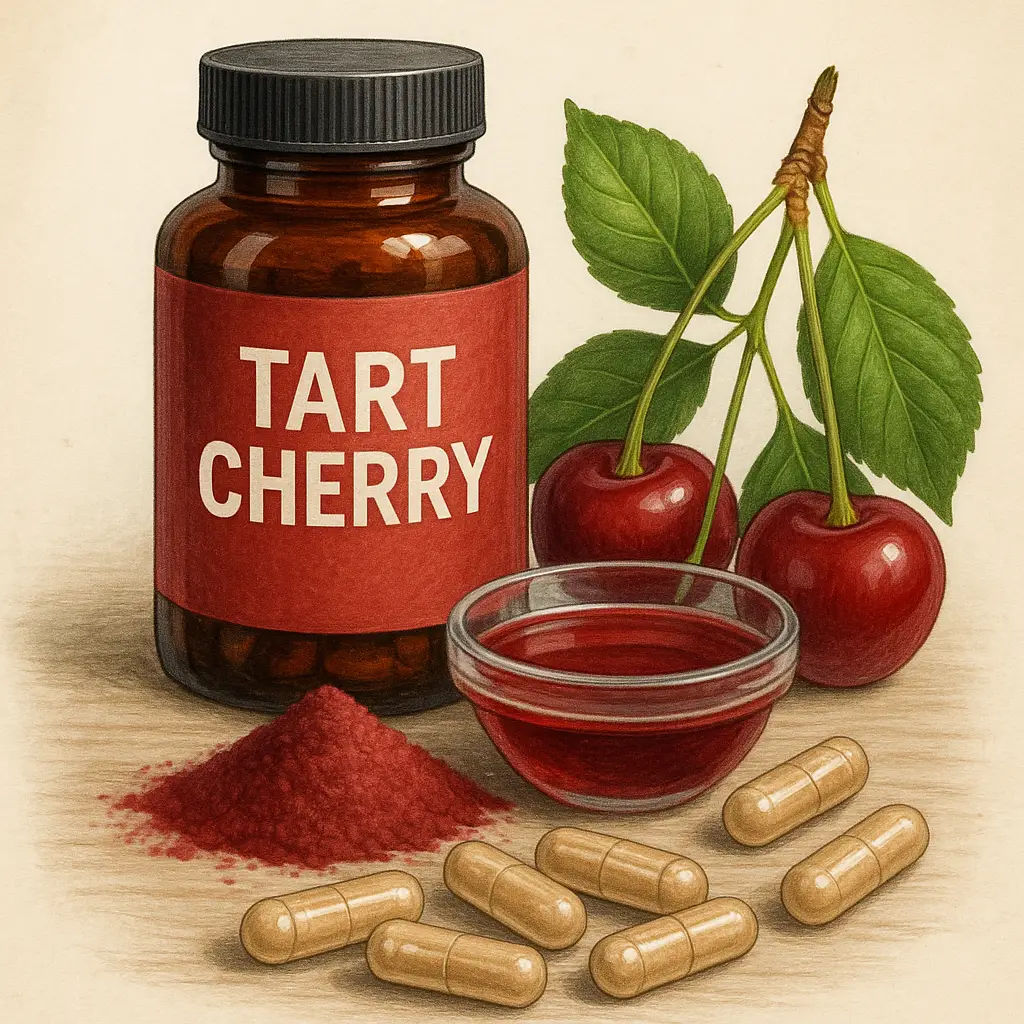
What is Tart Cherry? Tart cherry (Prunus cerasus) is a small, red fruit known for its tangy flavor and vibrant color. Originating from Europe and parts of Asi…
Read more
Selenium: The Essential Element for Health and Performance Selenium is a trace mineral that plays a crucial role in various bodily functions. Discovered in …
Read more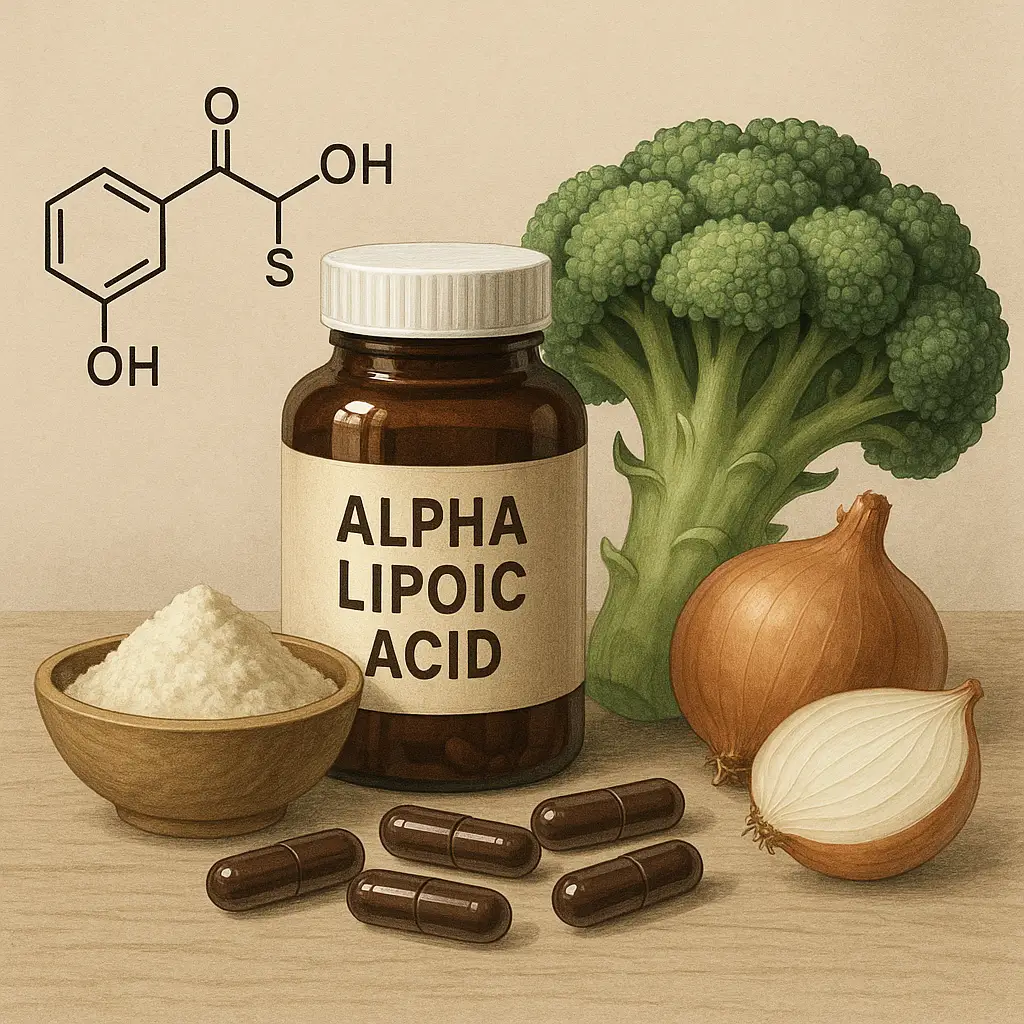
Alpha Lipoic Acid (ALA) is a powerful antioxidant that plays a crucial role in cellular energy metabolism. ALA is unique as it is both water- and fat-soluble, …
Read more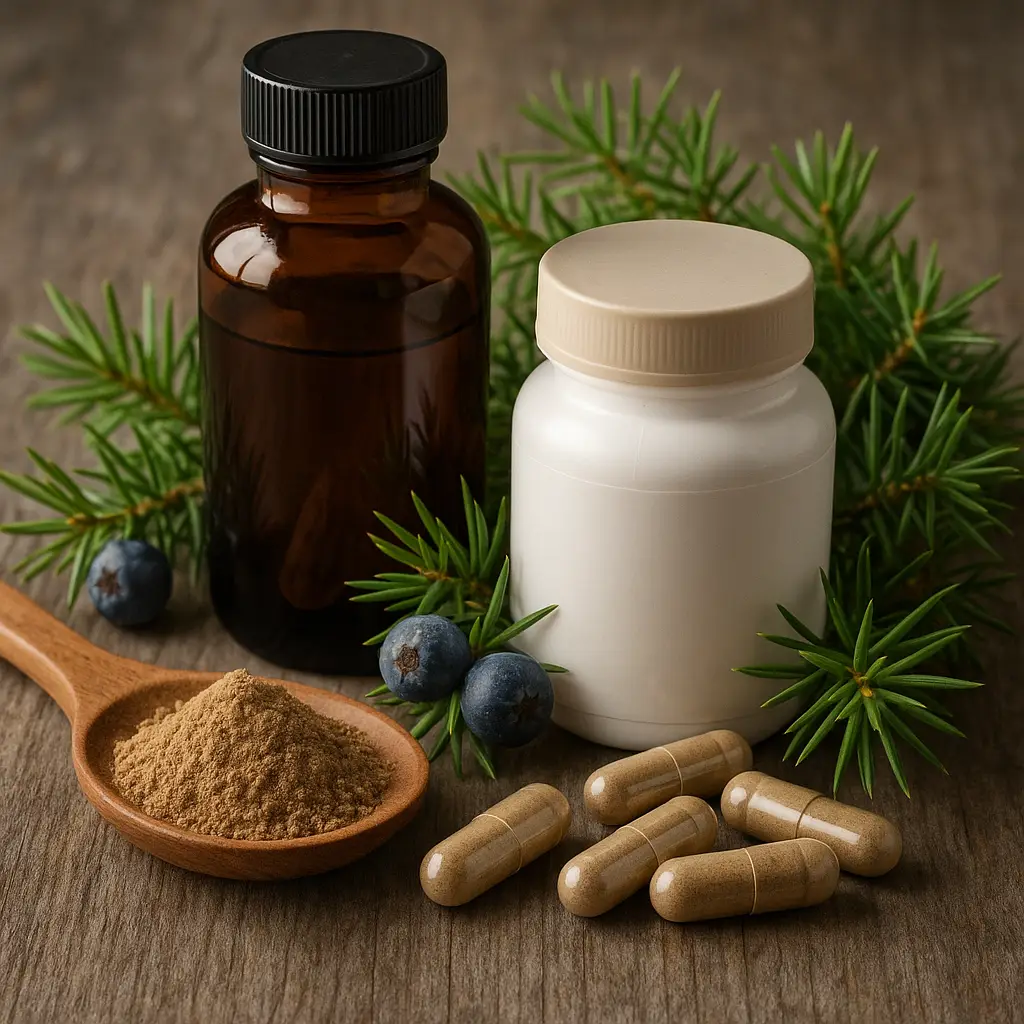
What is Juniper? Juniper, scientifically known as Juniperus, is a genus of coniferous trees and shrubs in the cypress family (Cupressaceae). It is primarily f…
Read more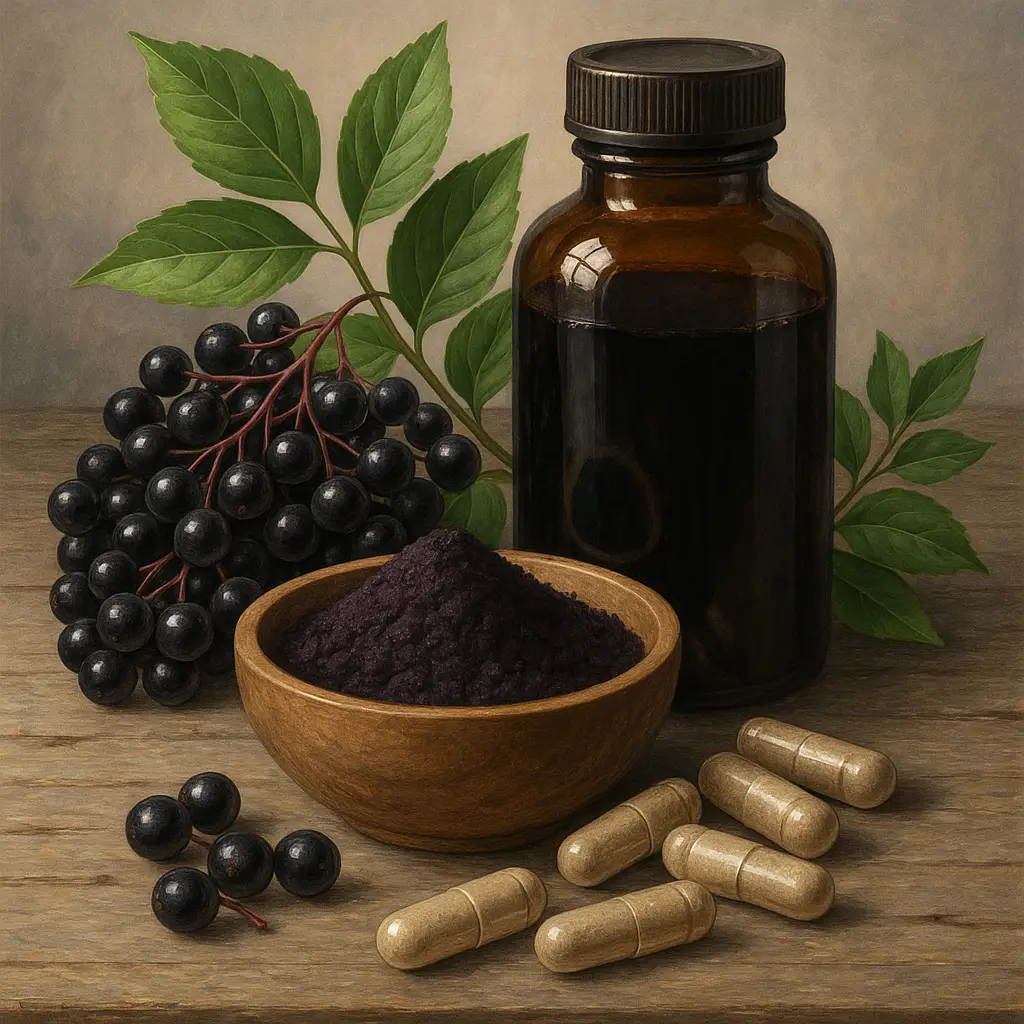
Elderberry: Nature's Immune Booster Elderberry, scientifically known as Sambucus, has been used for centuries in traditional medicine. This small, dark purp…
Read more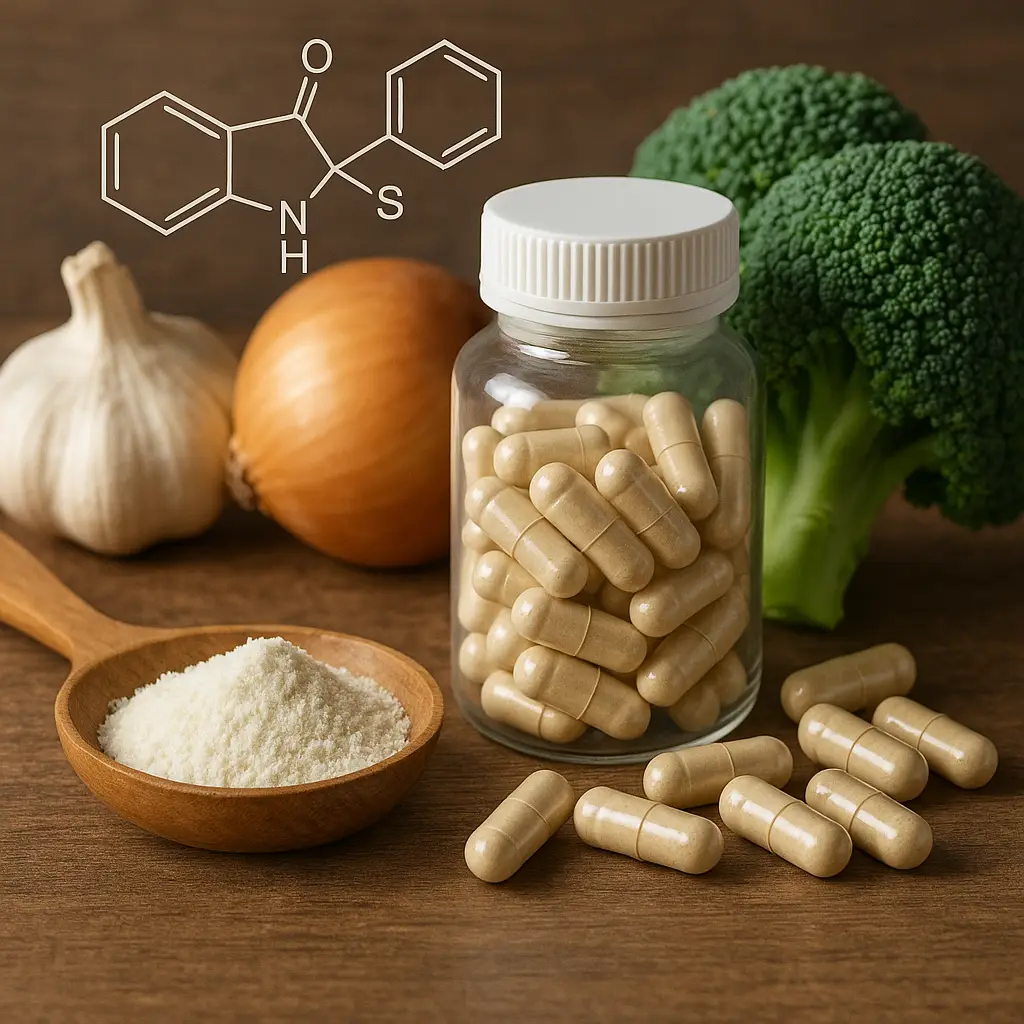
What is Benfotiamine? Benfotiamine is a synthetic derivative of thiamine (Vitamin B1) that was first developed in Japan. Unlike thiamine, which is water-solub…
Read more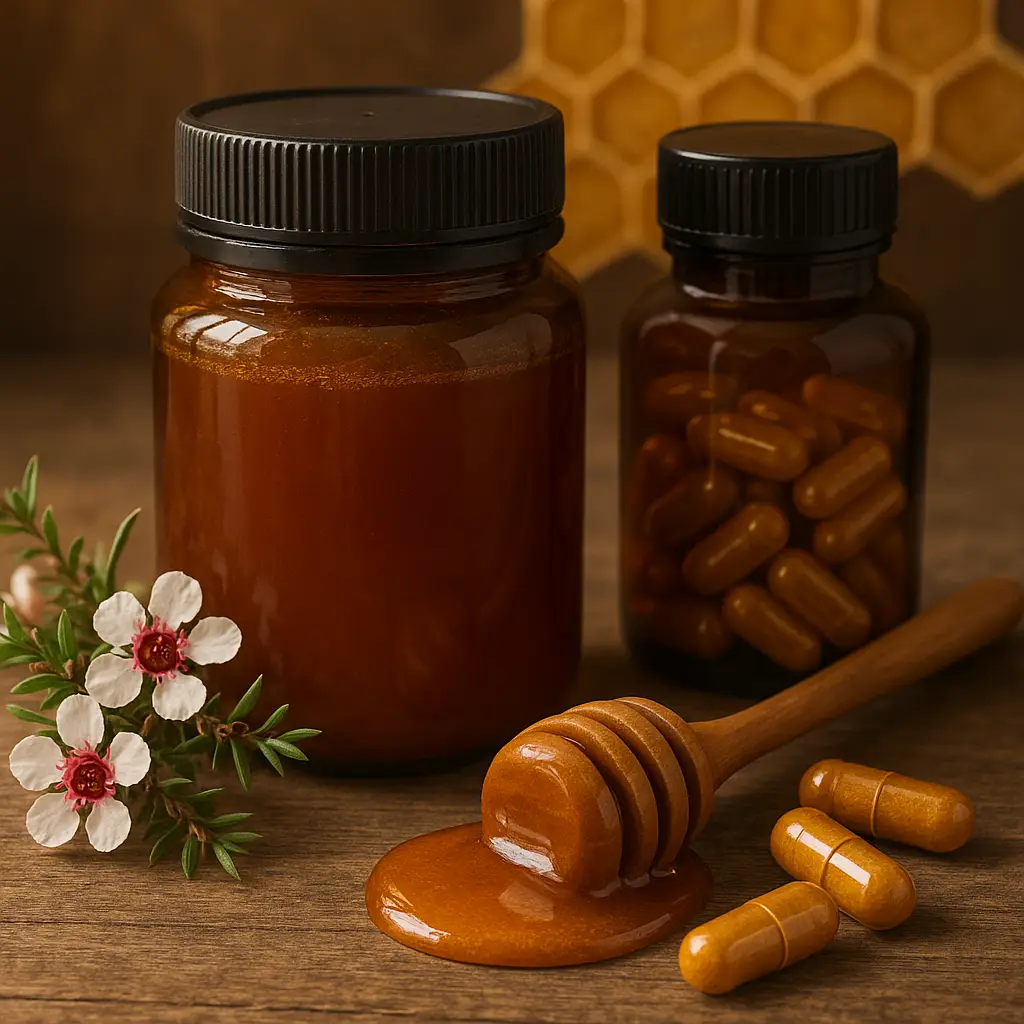
What is Manuka Honey? Manuka honey is a special type of honey derived from the nectar of the Manuka tree (Leptospermum scoparium), which is native to New Zeal…
Read more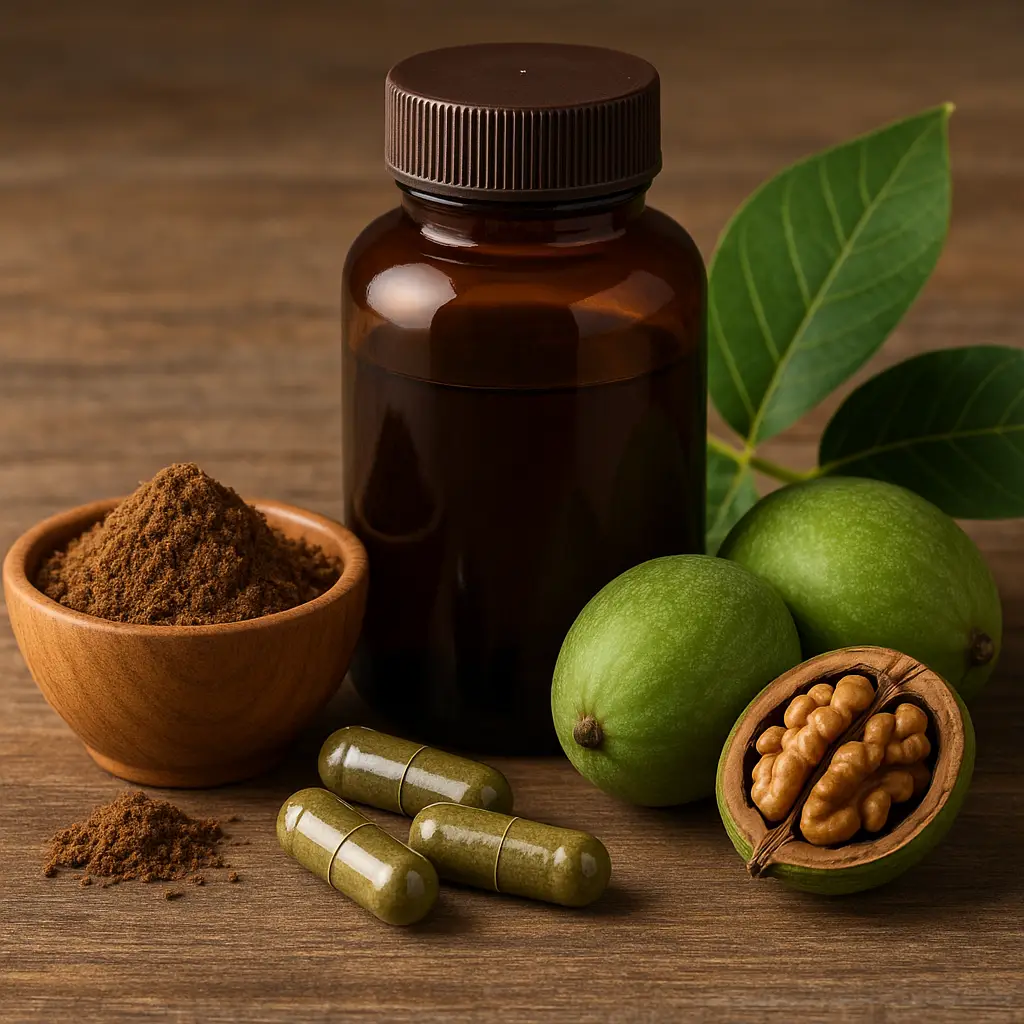
Black Walnut: A Comprehensive Guide for Health and Fitness Enthusiasts Black walnut (Juglans nigra) is a tree native to North America, known for its valuabl…
Read more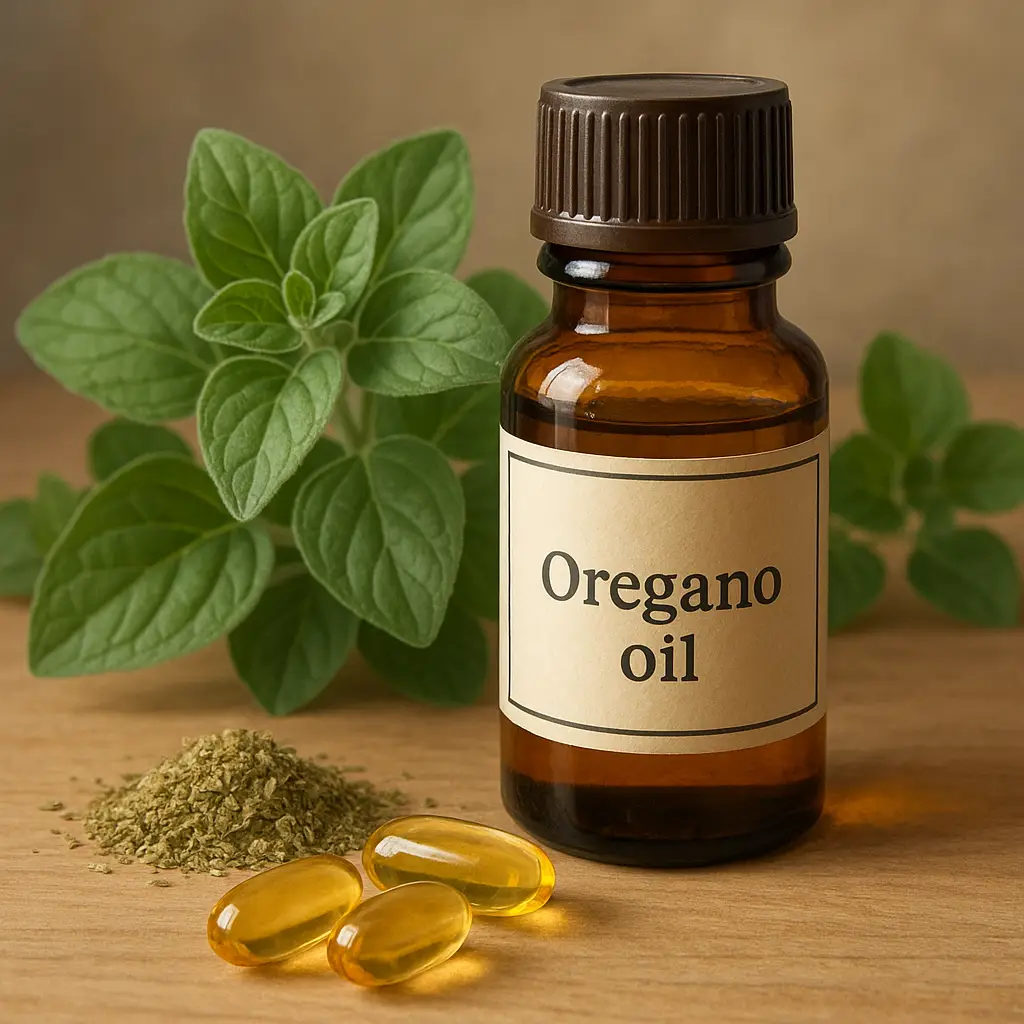
Understanding Oregano Oil: Benefits and Uses in Health and Fitness Oregano oil is derived from the leaves of the oregano plant (Origanum vulgare), which is …
Read more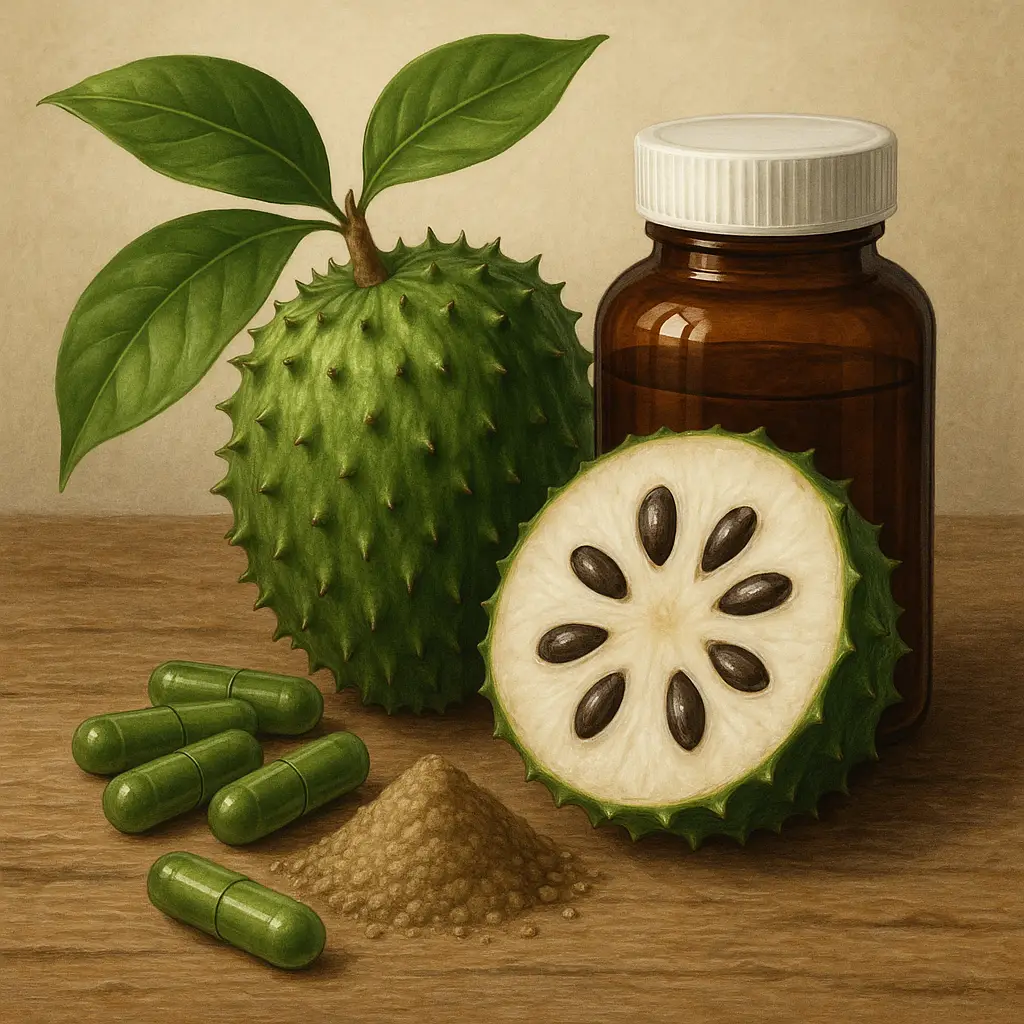
Understanding Graviola: Nature's Hidden Treasure Graviola, also known as soursop, is a tropical fruit belonging to the Annonaceae family, native to the rainfo…
Read more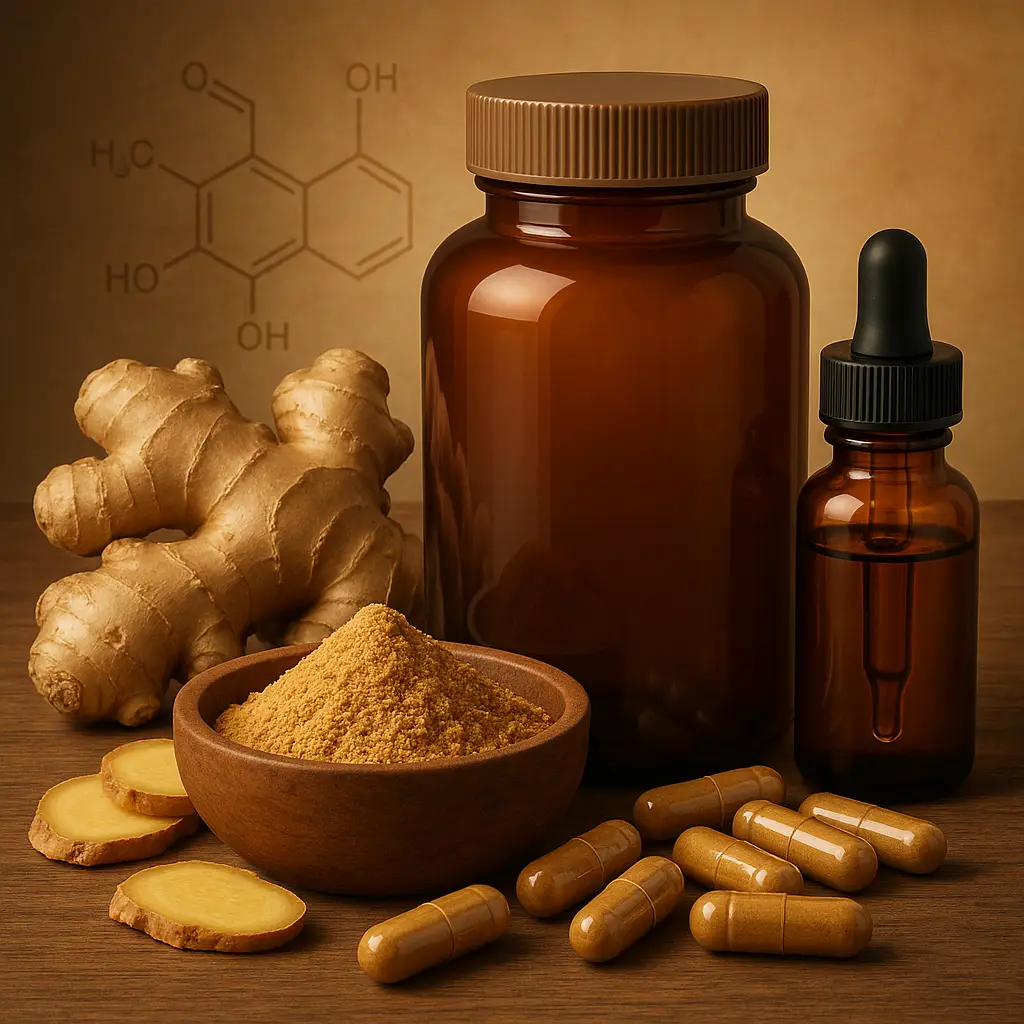
Ginger Root: The Natural Powerhouse for Health and Performance Ginger root, known scientifically as Zingiber officinale, is a thick, knobby rhizome that ori…
Read more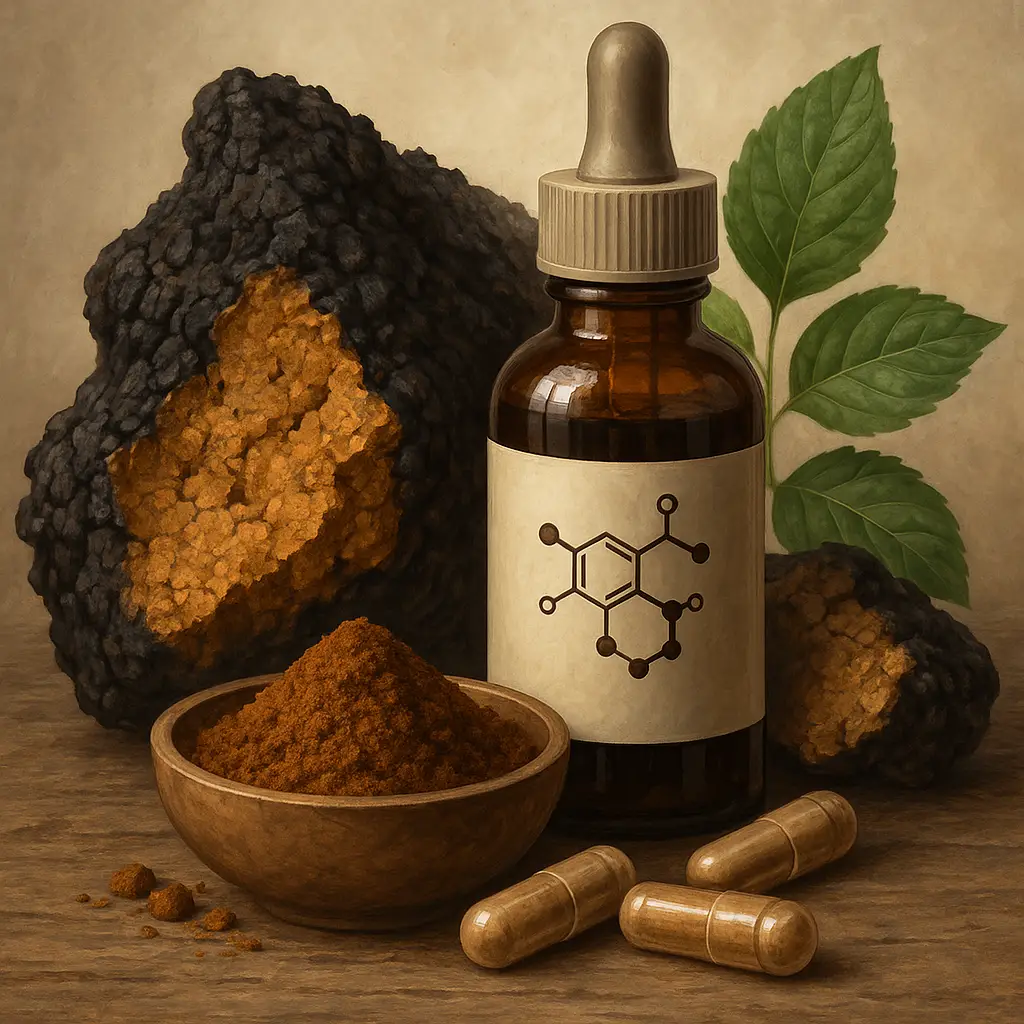
What is Chaga? Chaga, scientifically known as Inonotus obliquus, is a fungus that primarily grows on birch trees in cold climates, such as Siberia, Northern C…
Read more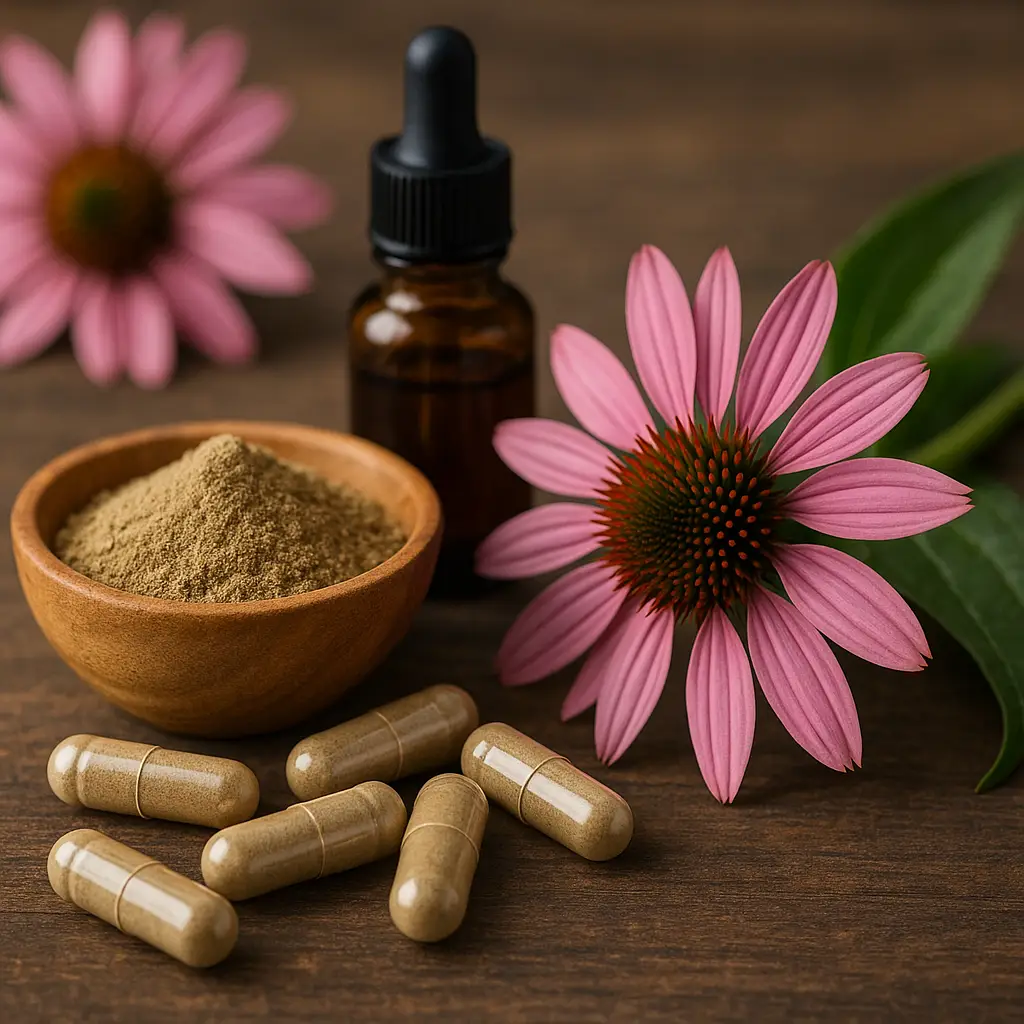
Understanding Echinacea: Nature's Immune Booster Echinacea, commonly known as coneflower, is a flowering plant native to North America. Belonging to the Ast…
Read more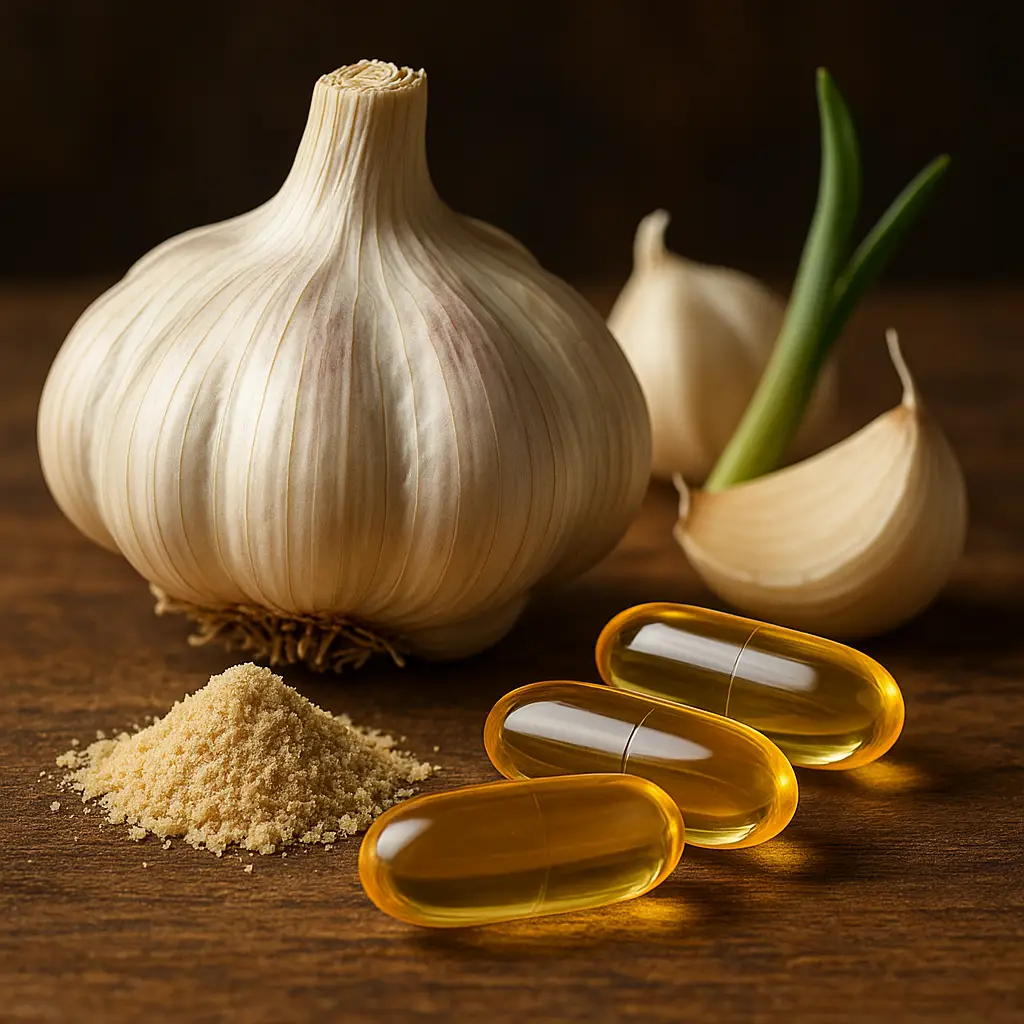
What is Garlic Bulb? Garlic bulb (Allium sativum) is a plant in the onion family, native to Central Asia and northeastern Iran, and has been used for thousand…
Read more
What is Chlorophyll? Chlorophyll is a green pigment found in plants, algae, and cyanobacteria that is crucial for photosynthesis, the process by which plants …
Read more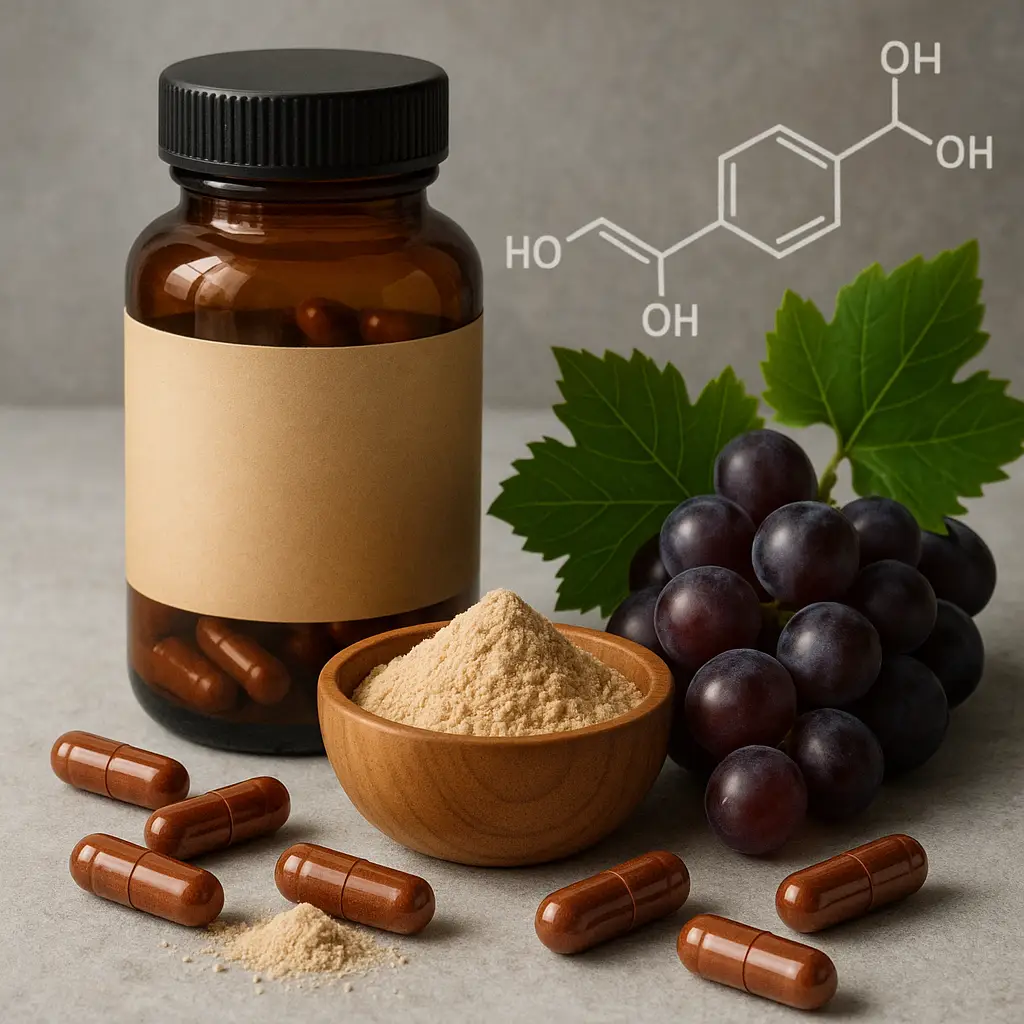
Understanding Resveratrol: The "Miracle" Compound Resveratrol is a naturally occurring polyphenolic compound found in various plants. It is particularly fam…
Read more
What is Burdock? Burdock, scientifically known as Arctium lappa, is a biennial plant that originates from Europe and Asia but is now found in various regions …
Read more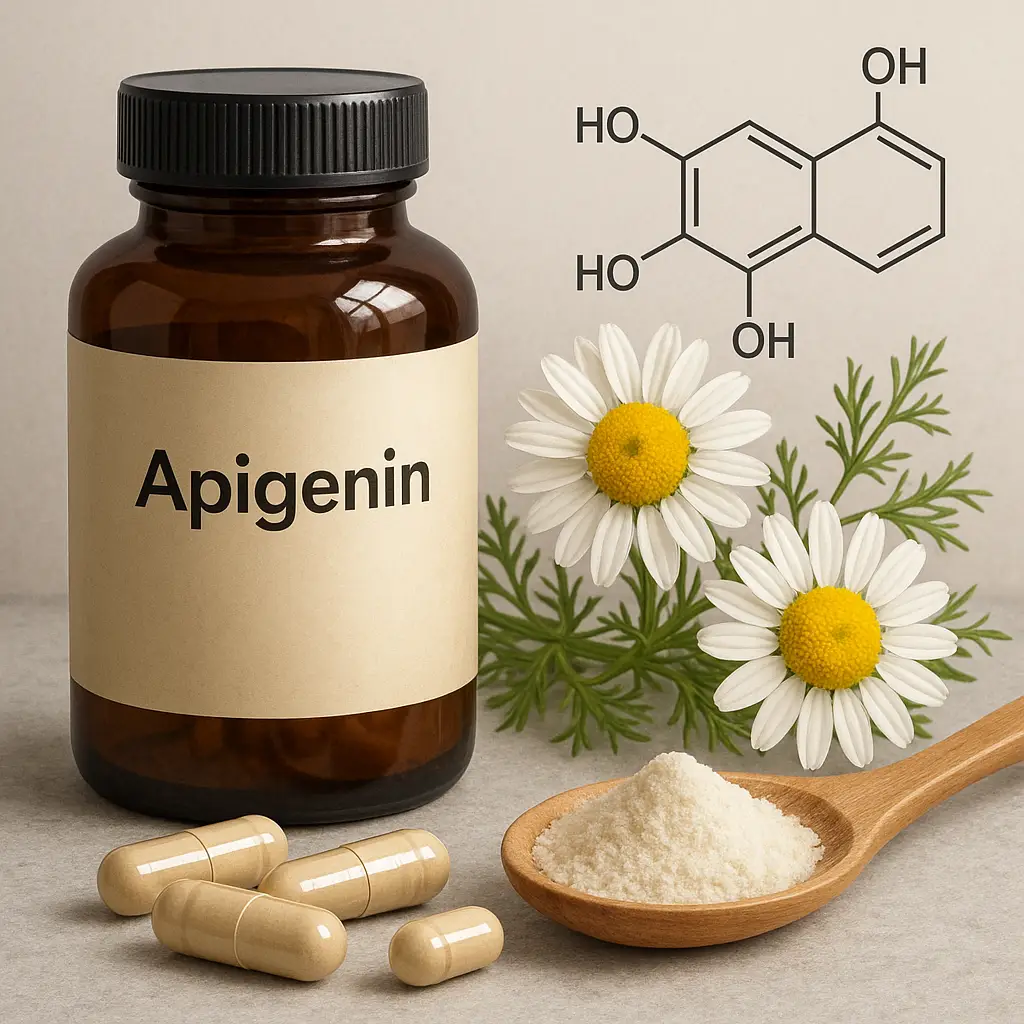
What is Apigenin? Apigenin is a natural compound belonging to the flavonoid family, which is known for its antioxidant properties. This bioactive compound is …
Read more
What is Beta Sitosterol? Beta Sitosterol is a phytosterol, a natural compound structurally similar to cholesterol, found in various plant-based sources. It is…
Read more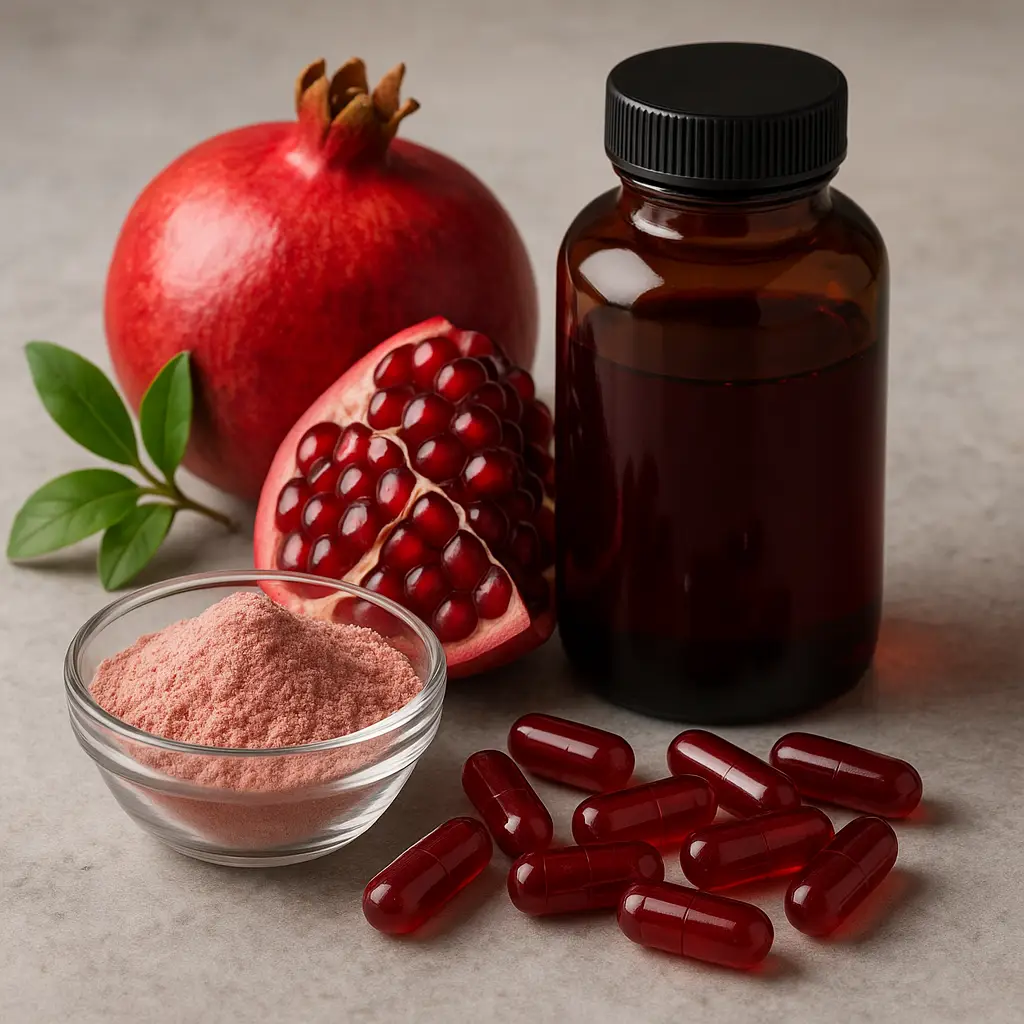
html What is Pomegranate? Pomegranate (Punica granatum) is a fruit-bearing deciduous shrub native to the region extending from Iran to northern India. Today,…
Read more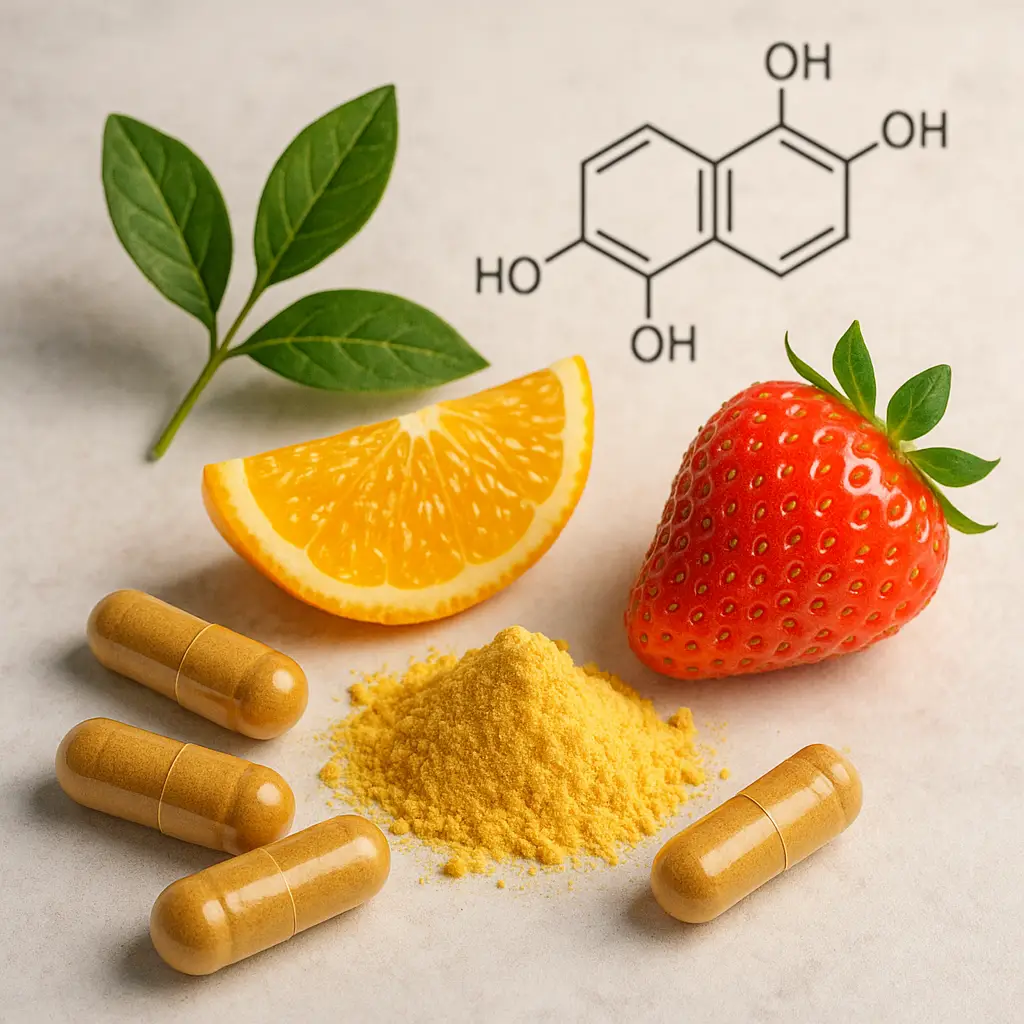
What is Bio-Fisetin? Bio-Fisetin is a naturally occurring flavonoid found in various fruits and vegetables. It belongs to the flavonoid family and is recogniz…
Read more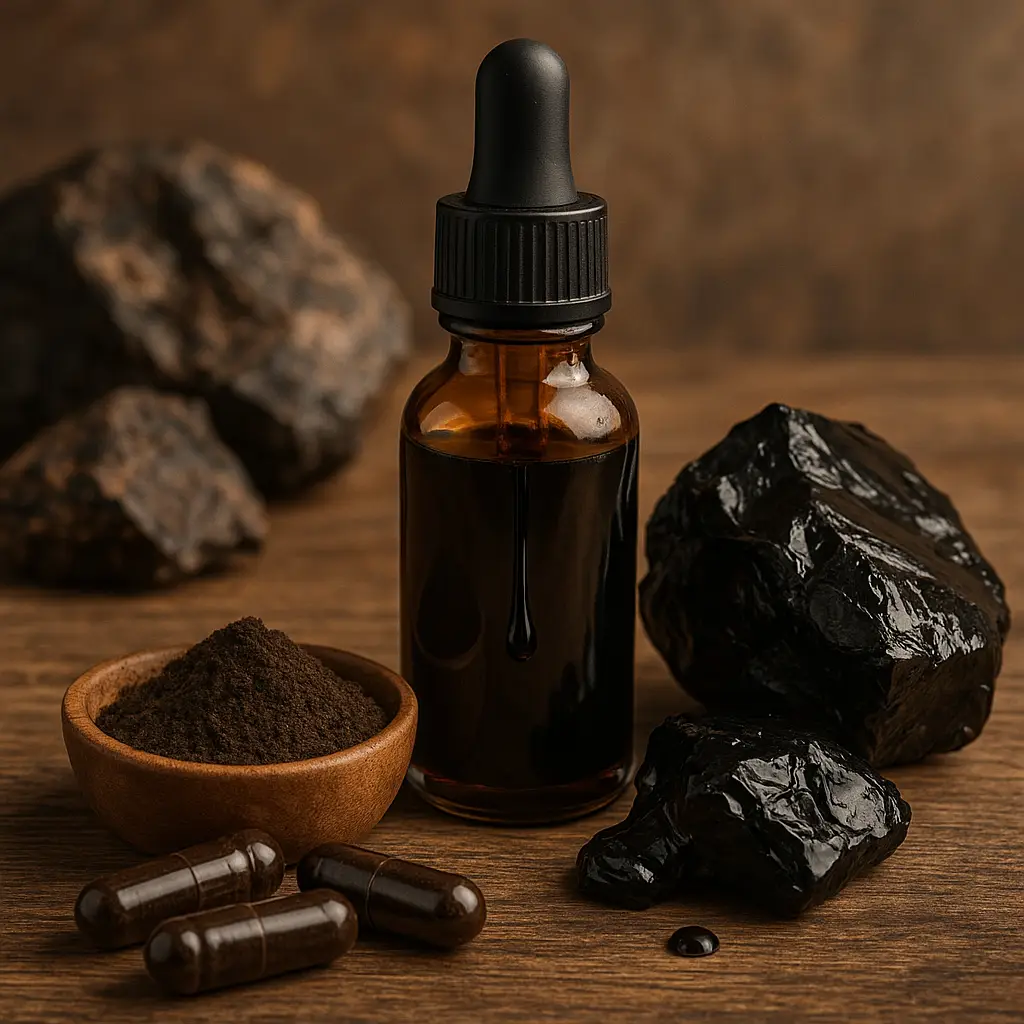
What is Shilajit? Shilajit is a natural substance found primarily in the mountainous regions of the Himalayas, Altai, and Caucasus. It is formed from the deco…
Read more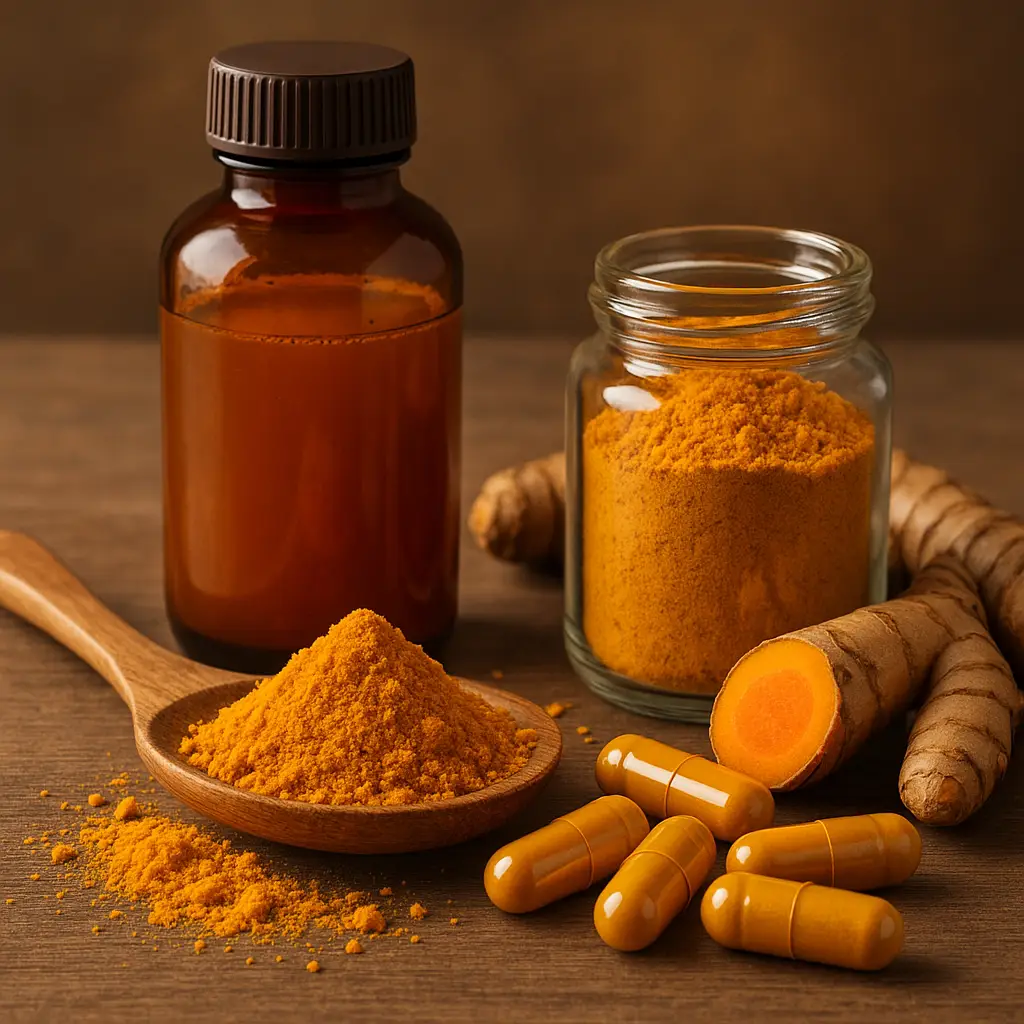
Turmeric, a vibrant yellow spice derived from the root of the Curcuma longa plant, has been used for centuries not only for its culinary applications but also …
Read more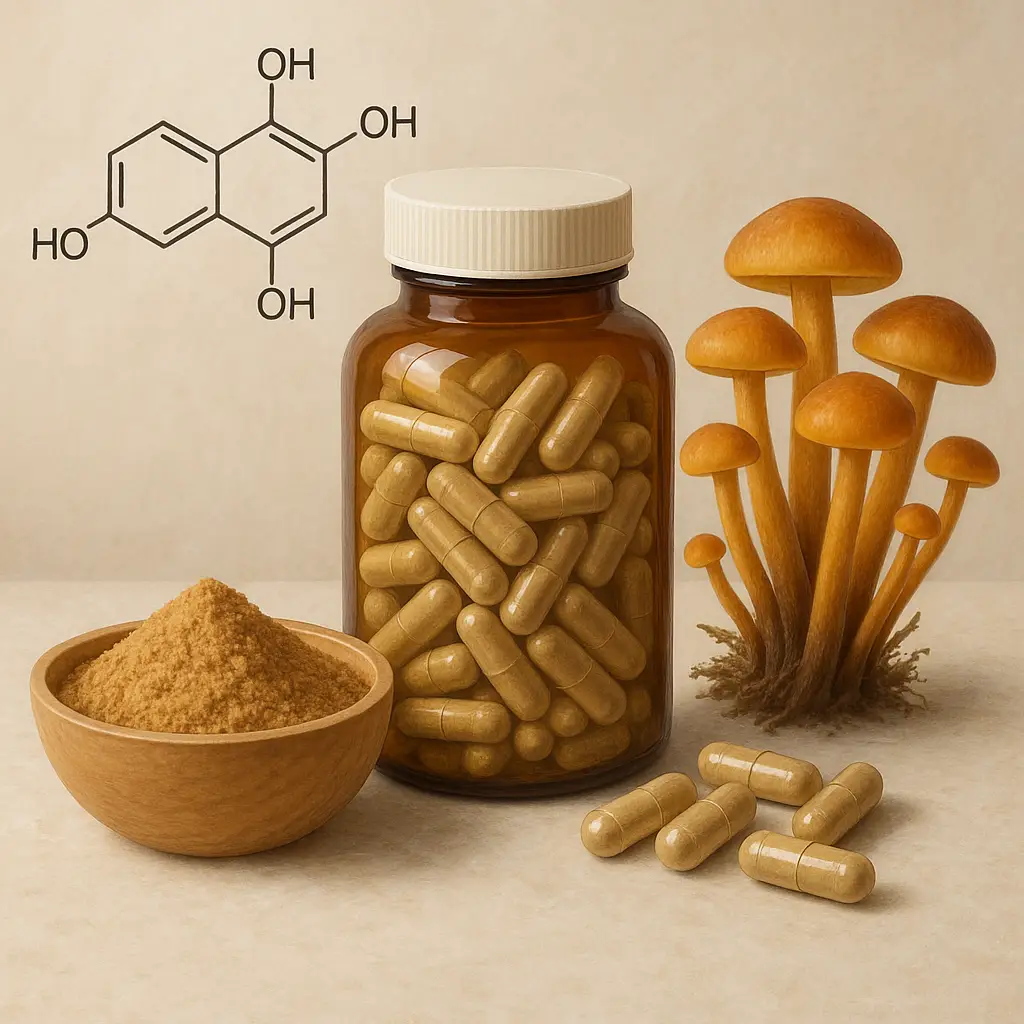
What is Velvet Foot? Velvet foot, scientifically known as Trametes versicolor, is a medicinal mushroom that has been used for centuries in traditional Asian m…
Read more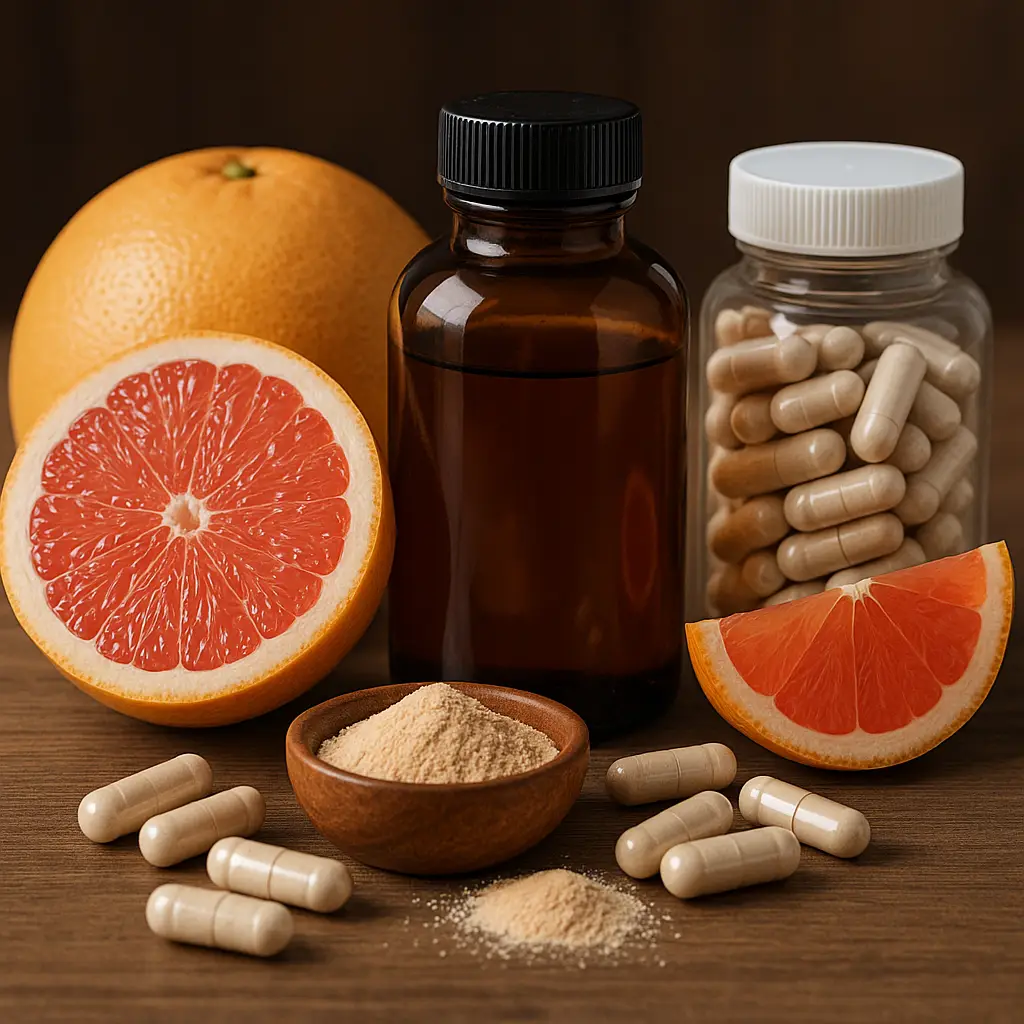
What is Grapefruit? Grapefruit is a citrus fruit that originally hybridized from a cross between the sweet orange and the pomelo. This tangy fruit, known for …
Read more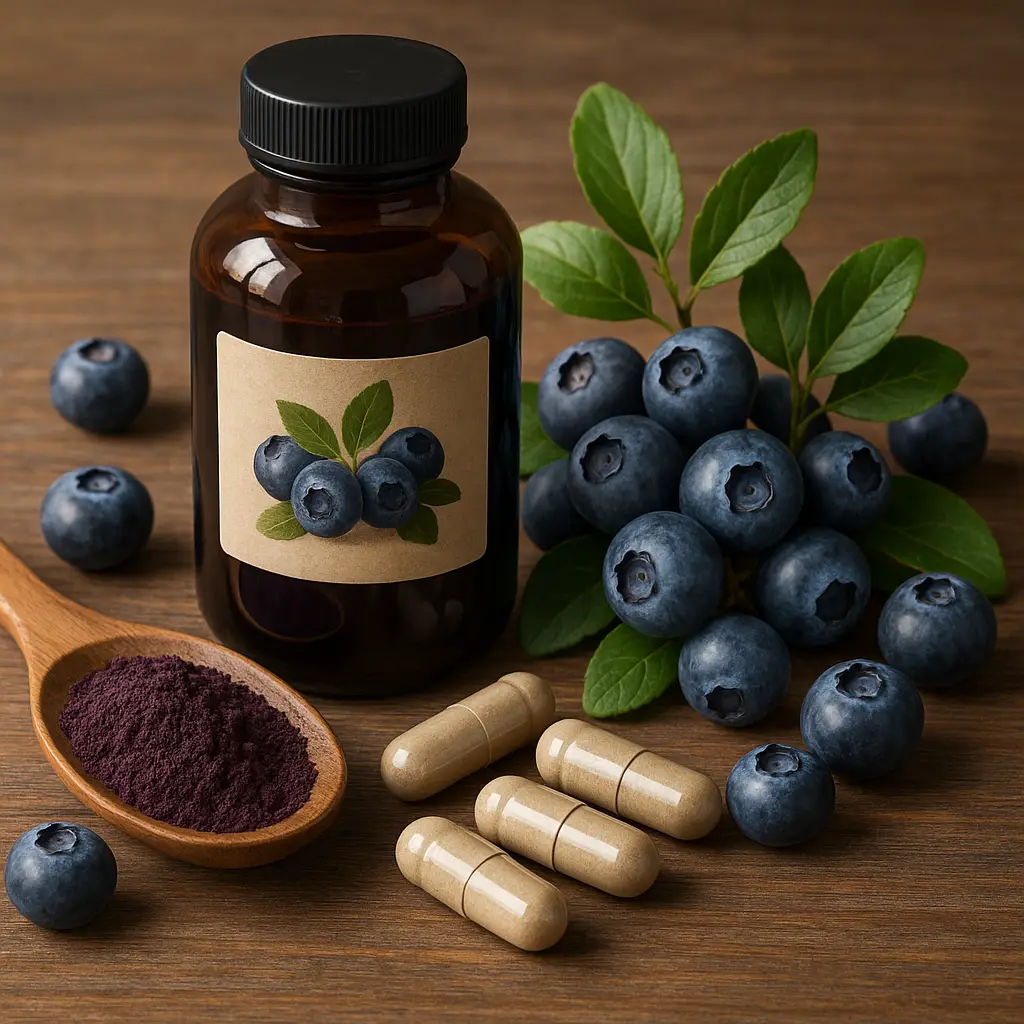
What is Bilberry? Bilberry, scientifically known as Vaccinium myrtillus, is a small, dark blue fruit that resembles blueberries and is native to Europe and No…
Read more
What is Royal Jelly? Royal Jelly is a nutrient-rich substance produced by honeybees, specifically intended to feed queen bees. It is secreted from the glands …
Read more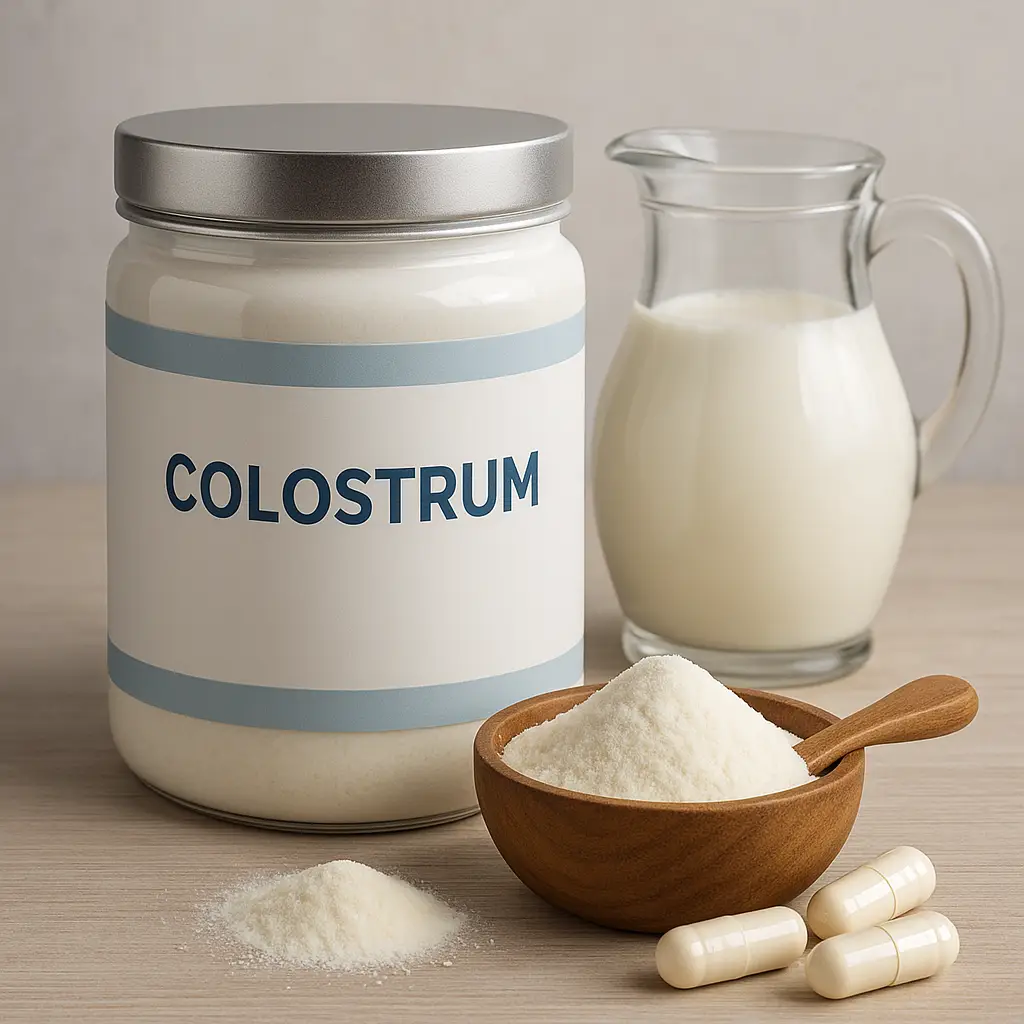
What is Colostrum? Colostrum is the first form of milk produced by mammals shortly after giving birth. It is a thick, yellowish fluid packed with essential nu…
Read more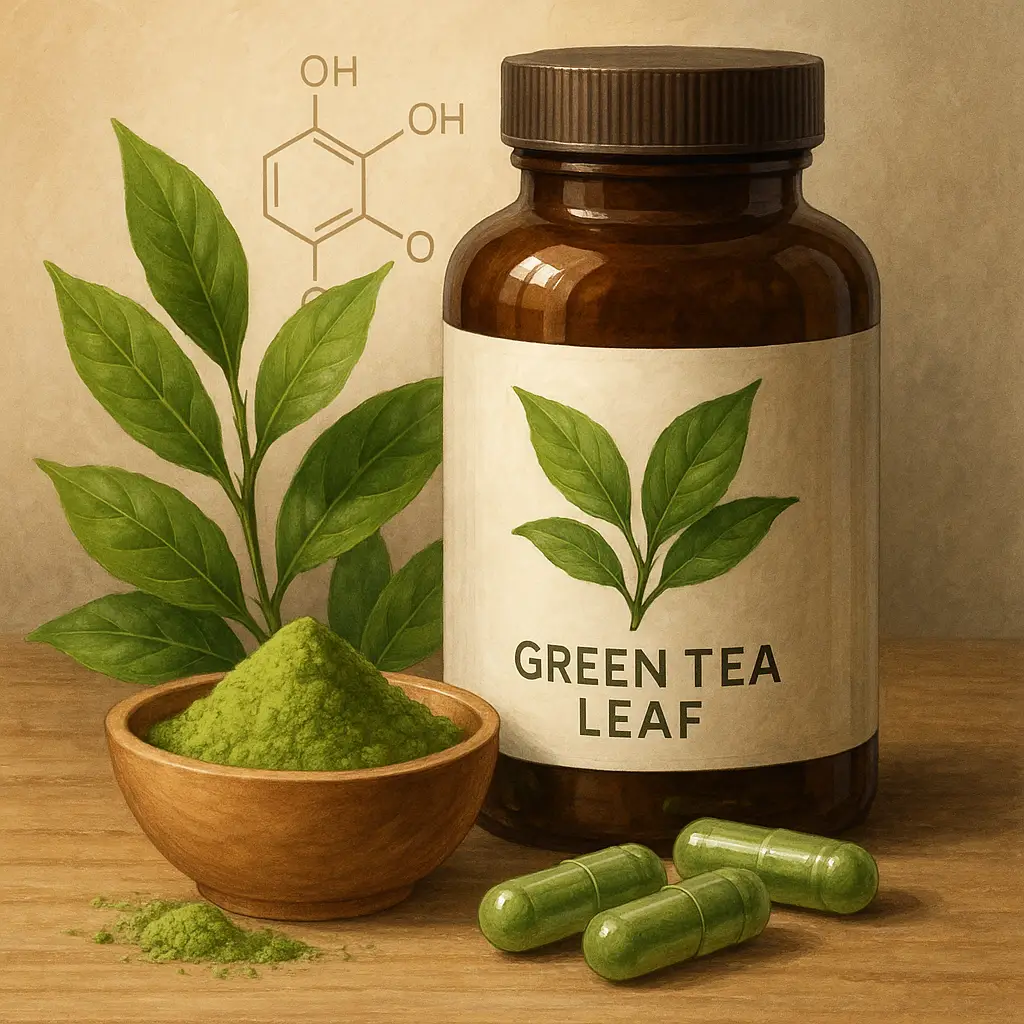
What is Green Tea Leaf? Green tea leaf comes from the Camellia sinensis plant, a species native to East Asia. It's the same plant that produces black tea and …
Read more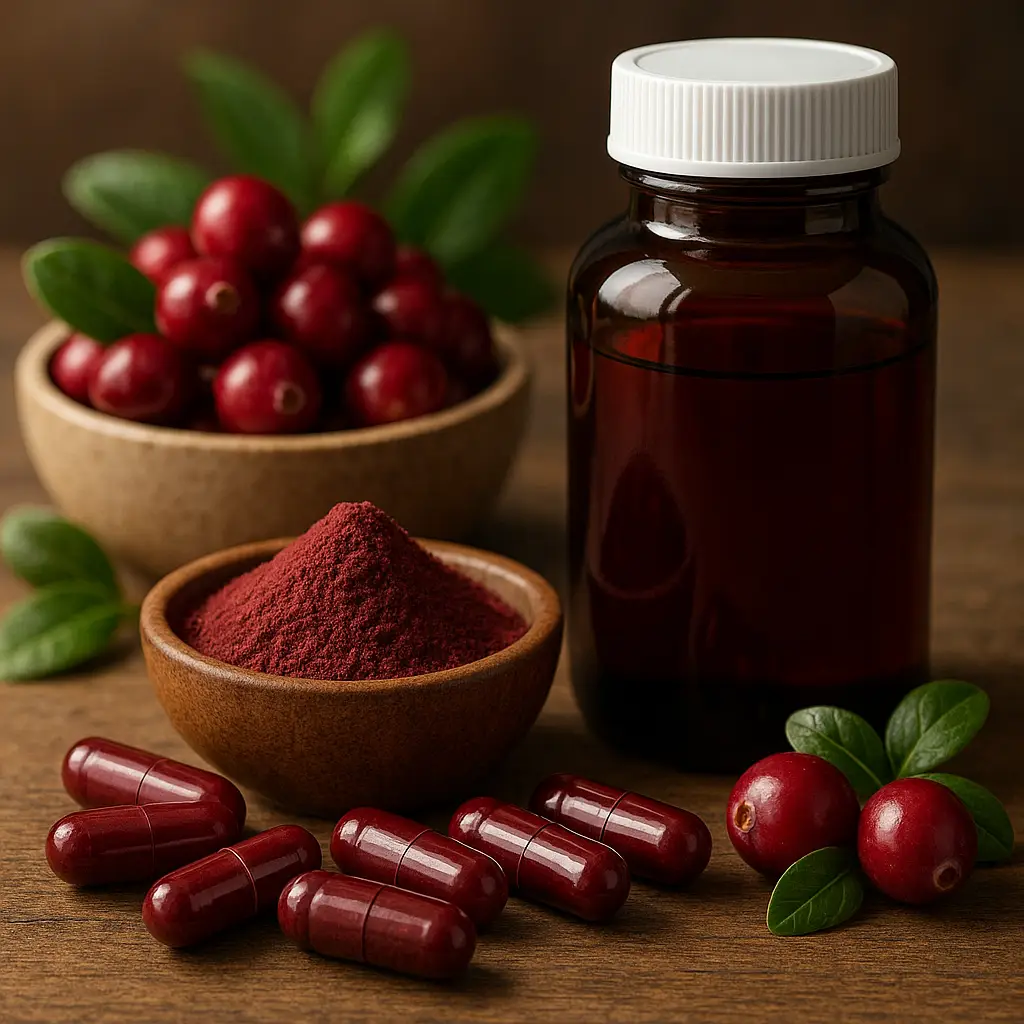
Cranberry (Vaccinium macrocarpon) is a small, tart fruit native to North America, particularly known for its vibrant red color and distinct flavor. Traditional…
Read more
What is Colloidal Silver? Colloidal silver is a suspension of fine silver particles in liquid, often touted for its potential health benefits. It has been use…
Read more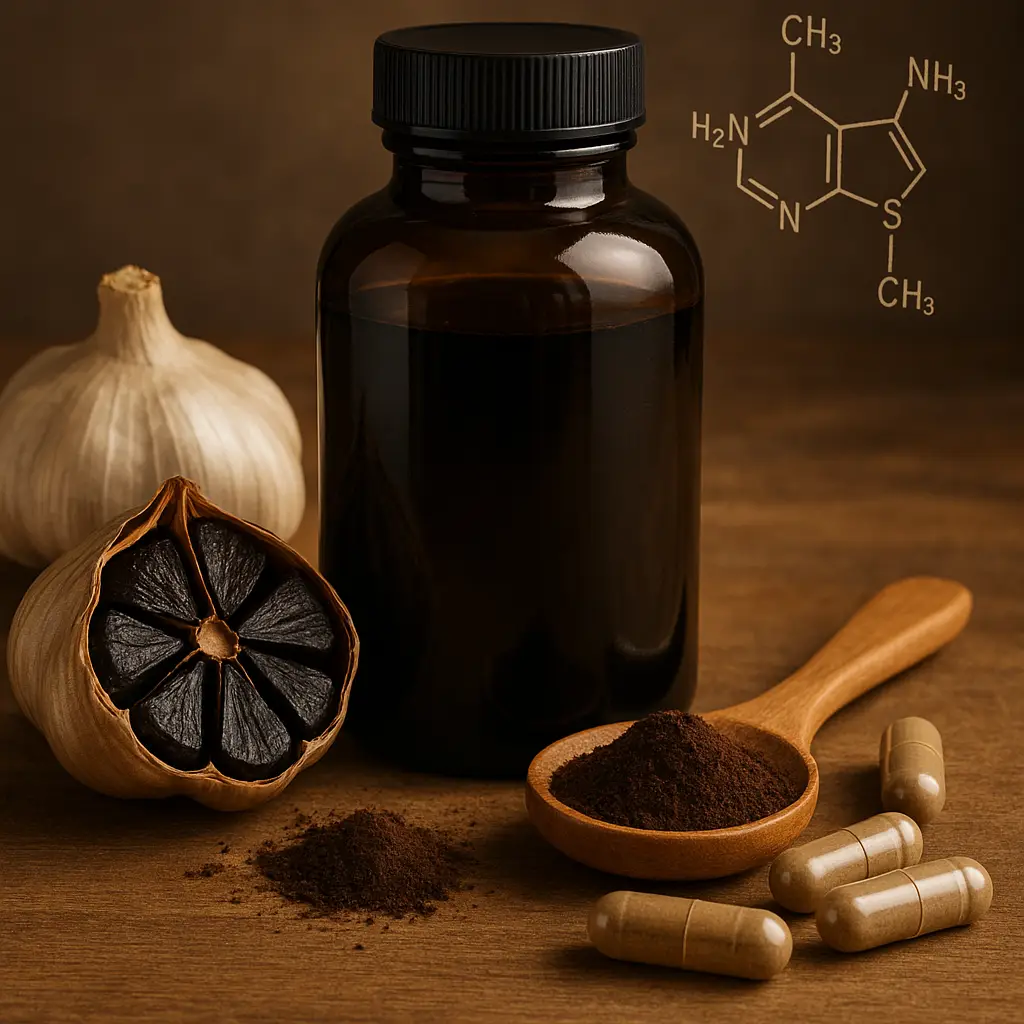
What is Black Garlic? Black garlic is a unique form of garlic that has been aged and fermented, transforming it from the familiar white bulb into a sweet, dar…
Read more
Red Yeast Rice, a traditional ingredient in Asian cuisine, is gaining attention in the health and fitness community for its potential health benefits. This nat…
Read more
What is NAC? NAC, or N-acetylcysteine, is a derivative of the amino acid cysteine. It was first developed as a pharmaceutical treatment for paracetamol overdo…
Read more




